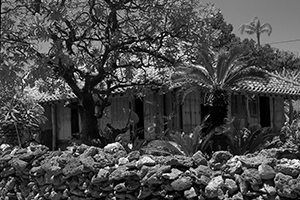 You might say there are two Okinawa’s. The first we all know because it is tirelessly promoted on TV, milked to the last drop by tour operators. The other is a little harder to define: small islands out of the mainstream, where life goes on without the fuss and flurry of activity that precedes the arrival of commercial visitation. For the discerning traveller, such islands without a single hotel or souvenir shop, give fresh meaning to the original name of this chain: the Ryukyu Islands, elected by the Chinese to signify a “circle of jewels.”
You might say there are two Okinawa’s. The first we all know because it is tirelessly promoted on TV, milked to the last drop by tour operators. The other is a little harder to define: small islands out of the mainstream, where life goes on without the fuss and flurry of activity that precedes the arrival of commercial visitation. For the discerning traveller, such islands without a single hotel or souvenir shop, give fresh meaning to the original name of this chain: the Ryukyu Islands, elected by the Chinese to signify a “circle of jewels.”
Okinawa’s more remote out islands, known as the Yaeyamas, have been influenced by Southeast Asians drifting northwards on these warm currents, allowing other, more exotic influences to creep in. Malay style turbans, for example, were sported throughout the islands after they became fashionable towards the latter part of the 19th century.
Despite obvious parallels in social organization, similarities in religion, and linguistic ties with mainland Japan, a combination of geographical isolation and the survival of robust traditions have helped these islands resist outside influences. Commenting on the limits of Japanese acculturation in the region, William Leda notes in his book, Okinawan Religion, that “there has been an ebb and flow of contacts through the centuries, not a continuous and unilateral interaction.” It’s an important difference.
Like other tiny islands that pepper the aqua blue waters of the Yaeyama chain, there isn’t a great deal to actually do on Hatoma-jima. But for visitors who appreciate nature, the details, atmospherics and minutiae of life in these distant parts, there is much to recommend this island. And its pristine beauty really does come as a surprise. The waters of small Japanese ports tend to be covered with a film of oil, levees hung with greasy ropes and rusting machinery. Hatoma’s are clear turquoise, a foretaste of what you would see further out between this island and nearby Baras Island, where a rich diversity of coral lay clearly visible beneath waters of four or five different tones of blue.
As attractive as the single village here is, it doesn’t have the manicured beauty of other island settlements in this group, like Taketomi-jima. This is a quietly working island, revolving around the daily life of people engaged in fishing and cultivating private kitchen gardens. Perhaps because of these simple but painstaking activities, they seem a friendly, largely unspoiled breed, communal in a way that has mostly vanished elsewhere. Youngsters on their vacations help out parents and grandparents in shops, small businesses like bicycle rentals, or harvesting fruit; everyone has time for a cordial greeting or chat with neighbors.
Hatoma receives a modest number of visitors, but is otherwise blissfully quiet. Six passengers alighted from the ferry I took to the island, which had more important ports of call. Two of those who did alight were locals. Resident numbers may sound low—the island has a current population of just seventy-one—but compared to some of the smaller islands in the chain, this place is positively bulging. Nearby Panari Island supports a mere seven inhabitants.
Although a stay on the island is recommended, a circuit of its modest features can easily be made on a daytrip. Hatoma’s appealing flora and architecture is best appreciated on foot, though bicycles can be hired from a village store run by a friendly, chain-smoking woman called Yumi-san. The order of the small port area belies the wilder aspects of the island, the uncultivated interior, inaccessible parts of the coastline, sacred groves and shrines with moss-covered staircases carved from whole rocks, and dark tunnels of plants to reach them. The short promenade in front of the port is the only paved road on the island. The main, circular road is a gravel, chalk and earth mix with weed medians and large cycad plants growing at its edges. It is, with its silences and good, breezy air, one of the least spoilt of the inhabited islands in this group.
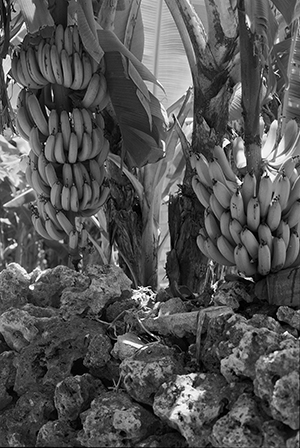 The value of wholesome tranquillity, the equilibrium that only nature can confer, was recognized some years ago when the authorities decided to shut down the island’s local school, a move fiercely resisted by residents. A philanthropic and innovative solution to the problem was found when it was suggested that local families take in children from mainland Japan who, for reasons of stress and maladjustment, could not attend local schools in their hometowns. The program, called satogoya (foster homes), still exists and the island’s doors remain open to these young and needy.
The value of wholesome tranquillity, the equilibrium that only nature can confer, was recognized some years ago when the authorities decided to shut down the island’s local school, a move fiercely resisted by residents. A philanthropic and innovative solution to the problem was found when it was suggested that local families take in children from mainland Japan who, for reasons of stress and maladjustment, could not attend local schools in their hometowns. The program, called satogoya (foster homes), still exists and the island’s doors remain open to these young and needy.
Hatoma follows the classic small island layout of the Yaeyamas: a functional, largely uninhabited port, a circular road and a village located either smack bang in the middle of the island or on a bluff above the port, both sensible precautions against typhoons and inundations. While there are one or two concrete homes and minshuku, the houses here are mostly traditional, one-story residences in varying states of repair. Okinawa is not a rich prefecture.
The cleanliness and neatness of the island, which visitors never fail to comment on, stems from an old custom by which it was, and remains, the responsibility of each householder to sweep the street in front of their own property. Large earthenware jars stand against the walls of older homes, a reminder of not so distant times when, because of a shortage of fresh water, it was the custom here and other nearby islands, to divert rain water from roofs into these vessels.
Each home is surrounded by a coral wall. Some of the older gardens have a second inner wall, in the manner of Chinese screen walls intended to deflect or confuse malign spirits from entering the house. They also serve as windbreaks and ensure privacy. The outer walls are not the geometric, rectilinear design components they are in Japanese gardens, doing service instead as shelves for flowers and plants like aspidistra and creepers, even doubling as trellises for vegetables like marrow. Trellises of bitter melon blend with papaya, banana, fig, and mango trees. Signs of old wells, and old wooden tables and planters, create the impression of a messy but used space.
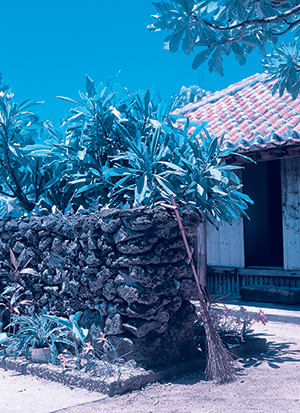 The garden’s decorative touches reflect climatic differences, but also disparities in taste and cultural preference: wind chimes, seashells, and Okinawan shisha lion figures, on roofs and at the entrances to gardens. A fondness for displaying stones, sharp, spiny coral rocks, shows a Chinese predilection for craggy, pockmarked stones. Arguably, the first designs were coral gardens influenced by living on small islands surrounded by marine gardens.
The garden’s decorative touches reflect climatic differences, but also disparities in taste and cultural preference: wind chimes, seashells, and Okinawan shisha lion figures, on roofs and at the entrances to gardens. A fondness for displaying stones, sharp, spiny coral rocks, shows a Chinese predilection for craggy, pockmarked stones. Arguably, the first designs were coral gardens influenced by living on small islands surrounded by marine gardens.
Unlike mainland Japanese gardens, which often seem like art arrangements intended for hushed observation, Okinawan gardens are thoroughly lived in spaces. Less places to contemplate nature than to make contact with it, locals sit and chat under the shade of trees, smelling nature, feeling it ripple over their skin. And the sense of color, too, is invariably different: sandy ground, luxuriant tropical flowers, the light tones of worn, salt-encrusted wood verandas, eaves and pillars, orange roof tiles against clean blue skies.
It may sound the stuff of carefully contrived stereotype, but it really is possible when strolling past one of these gardens, to hear the plucked notes of the three-stringed sanshin, to see its player contentedly settled with a glass of awamori, the local firewater, by his or her side.
Here in the village you can stay at friendly, plant-bedizened guesthouses offering the prospect of sultry nights and good company, listening to the haunting beauty of island music carried from house to house on the sea breeze.
TRAVEL INFORMATION
The Yaeyama Kanko ferres and Anai ferries run daily boats to the island. Be sure to check the return ferry time. There are a handful of minshuku, all charging ¥5,500 a night, including three meals. Try the Minshuku Aozora Son (0980-85-6558) or the Pension Maitouze (0980-85-6166). Snacks and drinks are available at the Café Yumisanchi or at the island’s one soba shop. The island is only 3.8km in circumference, so walking is easy. Some minshuku offer free bike rentals. Otherwise try Yumi-san’s little store, where the rental is just ¥500 for the day. During Golden Week (early May) the island holds its annual music festival, a great chance to hear some genuine shima-uta (island songs).
Story & photos by Stephen Mansfield
From J SELECT Magazine, May 2009

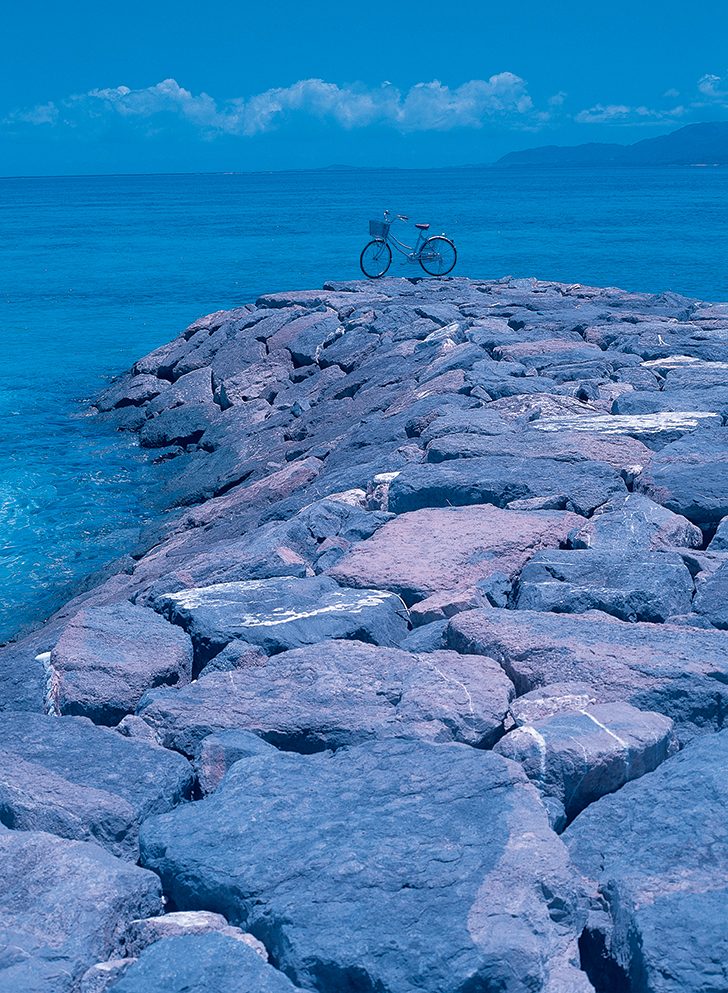


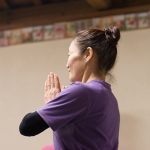

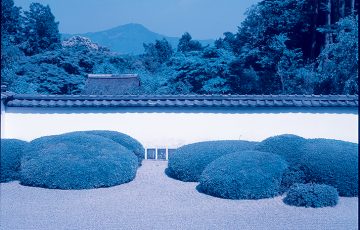
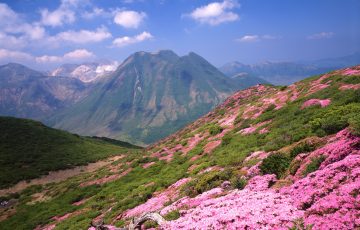
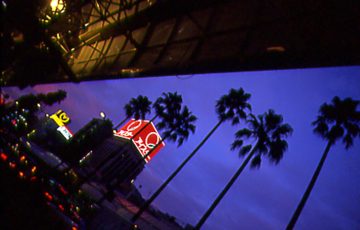
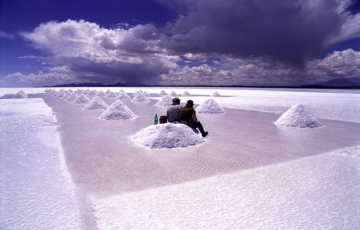
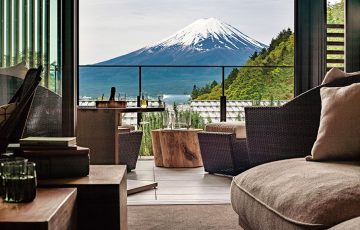
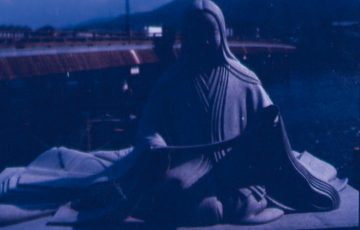
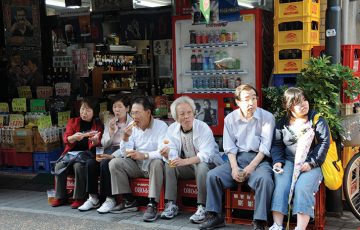


Recent Comments